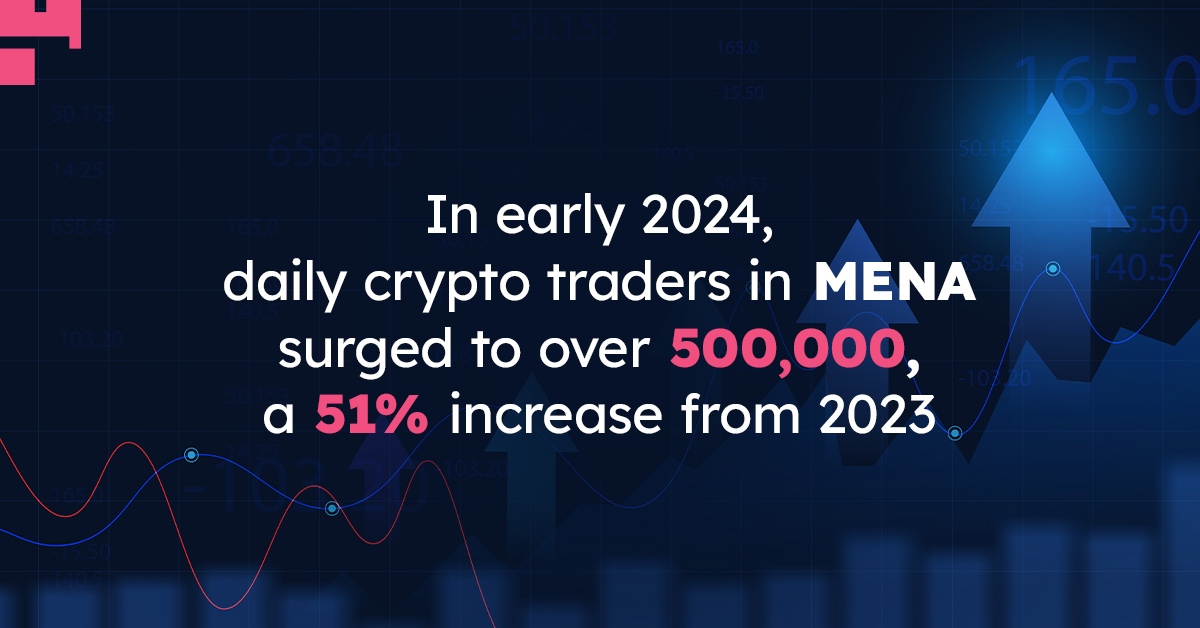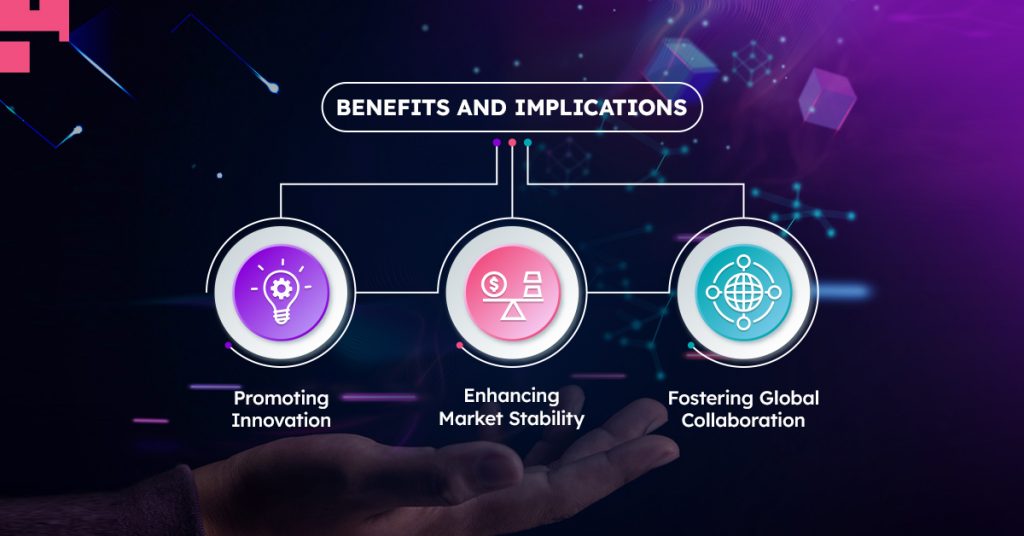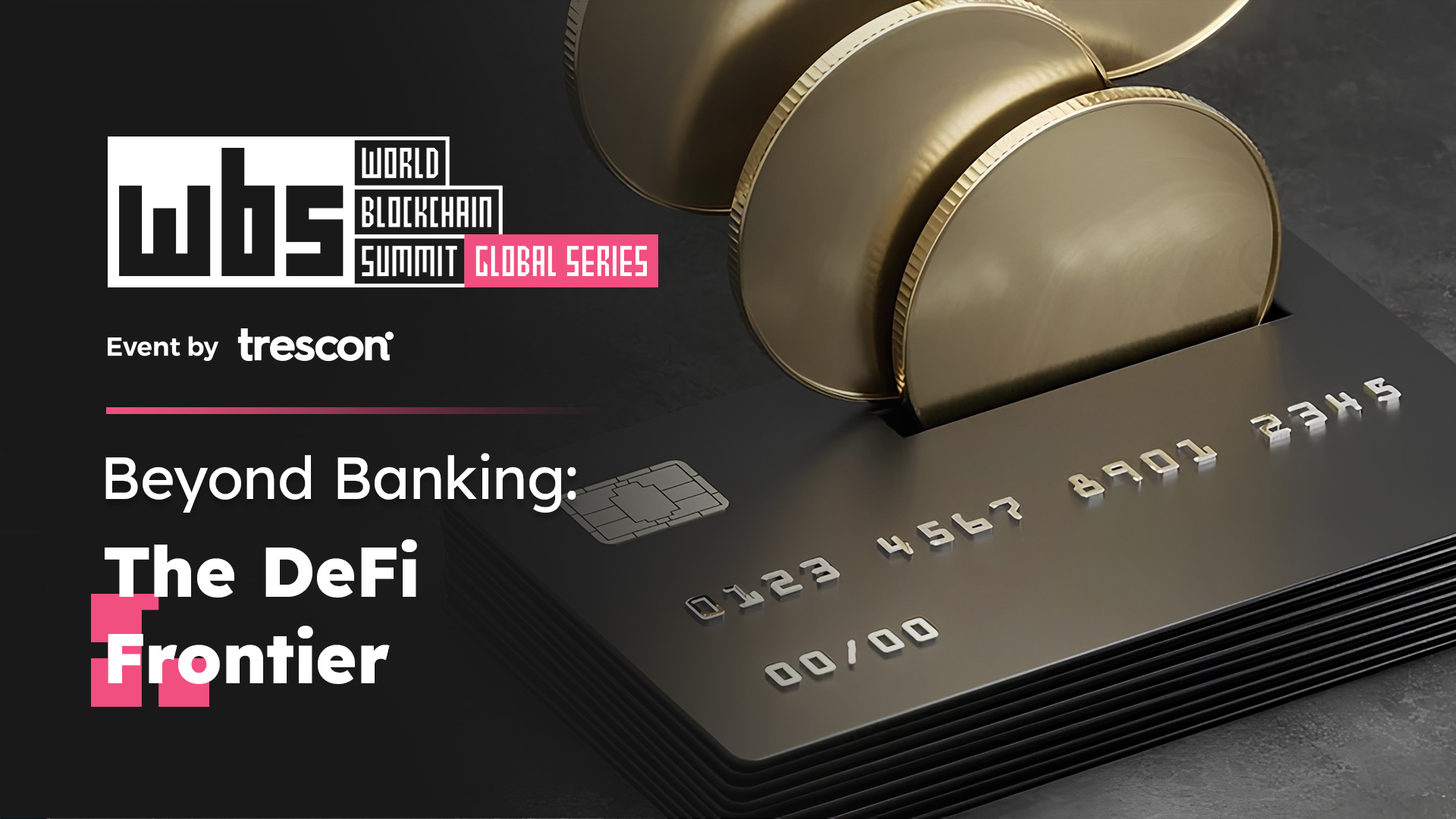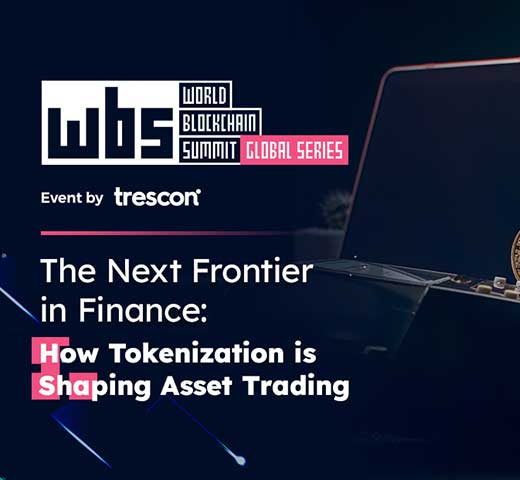The evolution of virtual assets has pushed the need for a robust and forward-thinking regulatory framework to the forefront of global financial discussions. As digital currencies and blockchain technologies have advanced, they have brought new opportunities and complex challenges.
The rapid growth of the virtual asset sector—marked by increased adoption, the emergence of innovative financial products, and heightened market volatility—has highlighted the necessity for regulatory bodies to adapt and respond proactively.
The Imperative for Comprehensive Regulation
Virtual assets, including cryptocurrencies and blockchain-based tokens, have increasingly become integral to both personal finance and institutional investment. This growing prominence has amplified their potential to transform traditional financial systems and exposed new risks that require careful management.
With the market plagued with issues ranging from market manipulation, security breaches, and the use of these assets for illegal activities, the voices for a regulatory framework in the UAE have become louder.

Global regulators presently are grappling with these concerns and working to create clear guidelines that can provide clear rules and protections for the market participants. This process involves harmonizing international standards, addressing cross-border regulatory concerns, and ensuring that regulations are flexible enough to evolve with technological advancements.
The UAE’s proactive stance on cryptocurrency adoption positions it as a central hub for digital assets by 2025. This ambitious goal is supported by the country’s strategic regulatory advancements, which aim to foster innovation while ensuring market stability. The UAE’s approach offers a glimpse into how national policies can drive the adoption and integration of virtual assets into mainstream financial systems.
Key Aspects of the UAE’s New Stablecoin Regulation
A landmark development in the UAE’s regulatory landscape is the introduction of new regulations governing stablecoins. Scheduled to take effect in June 2025, these regulations represent a significant shift in virtual assets mangement within the country. Here are the core elements of the new framework:
- Dirham-Backed Stablecoins Only: Under the new regulations, businesses and vendors in the UAE will be required to accept only dirham-backed stablecoins for transactions. This policy excludes major cryptocurrencies like Bitcoin and Ether, as well as US dollar-backed stablecoins, from everyday payments. By focusing on dirham-backed stablecoins, the UAE aims to create a stable and secure environment for digital transactions, reducing the risks associated with market volatility and financial instability.
- Restricted Use of Foreign Tokens: Foreign payment tokens will be permitted solely for the purchase of specific virtual assets, such as non-fungible tokens (NFTs). This restriction helps maintain regulatory clarity and ensures that the use of foreign digital assets is confined to particular use cases, thus simplifying compliance and reducing legal ambiguities.
- Enhanced Market Structure: The regulation is designed to create a structured and secure market environment by focusing on regulated stablecoins. This approach addresses legal uncertainties and fosters collaboration between financial technology firms and virtual asset service providers. It aims to mitigate risks and enhance the overall stability of the crypto market.
Global Impact and Regulatory Benchmark
The UAE’s new stablecoin regulations have significant implications beyond its borders. By establishing a clear and comprehensive framework for managing virtual assets, the UAE is setting a global benchmark for how cryptocurrencies can be regulated effectively. This approach aligns with international standards set by global regulatory bodies and reflects a broader trend towards more cohesive and harmonized crypto regulation.
Globally, the regulatory landscape for cryptocurrencies varies widely, with different regions adopting disparate approaches to managing digital assets. The UAE’s model offers a cohesive example of how to balance innovation with regulatory oversight. By providing a structured framework for stablecoins and defining the use of foreign tokens, the UAE is offering valuable insights and updates into how other countries can develop their own regulatory strategies.

As part of its commitment to fostering a secure and innovative digital financial ecosystem, the UAE has also established the Virtual Assets Regulatory Authority (VARA). VARA is tasked with overseeing the implementation of regulations and ensuring compliance within the virtual assets sector. By providing clear guidelines and regulatory oversight, VARA aims to support the growth of the virtual asset industry while safeguarding against potential risks.
Looking forward
The UAE’s forward-thinking regulatory framework and the role of VARA set a global precedent for balancing technological advancement with regulatory oversight. This approach positions the UAE as a leader in the virtual assets space, influencing global regulatory trends and contributing to a more secure and innovative digital financial environment.
The World Blockchain Summit (WBS) Dubai is poised to showcase the UAE’s pivotal role in the blockchain industry. As a premier event for exploring the latest developments and trends, WBS Dubai will offer valuable insights into the region’s vibrant blockchain ecosystem. With seats in high demand, early registration will ensure participation in this critical gathering, where key discussions and innovations shaping the future of the blockchain sector will be at the forefront.


